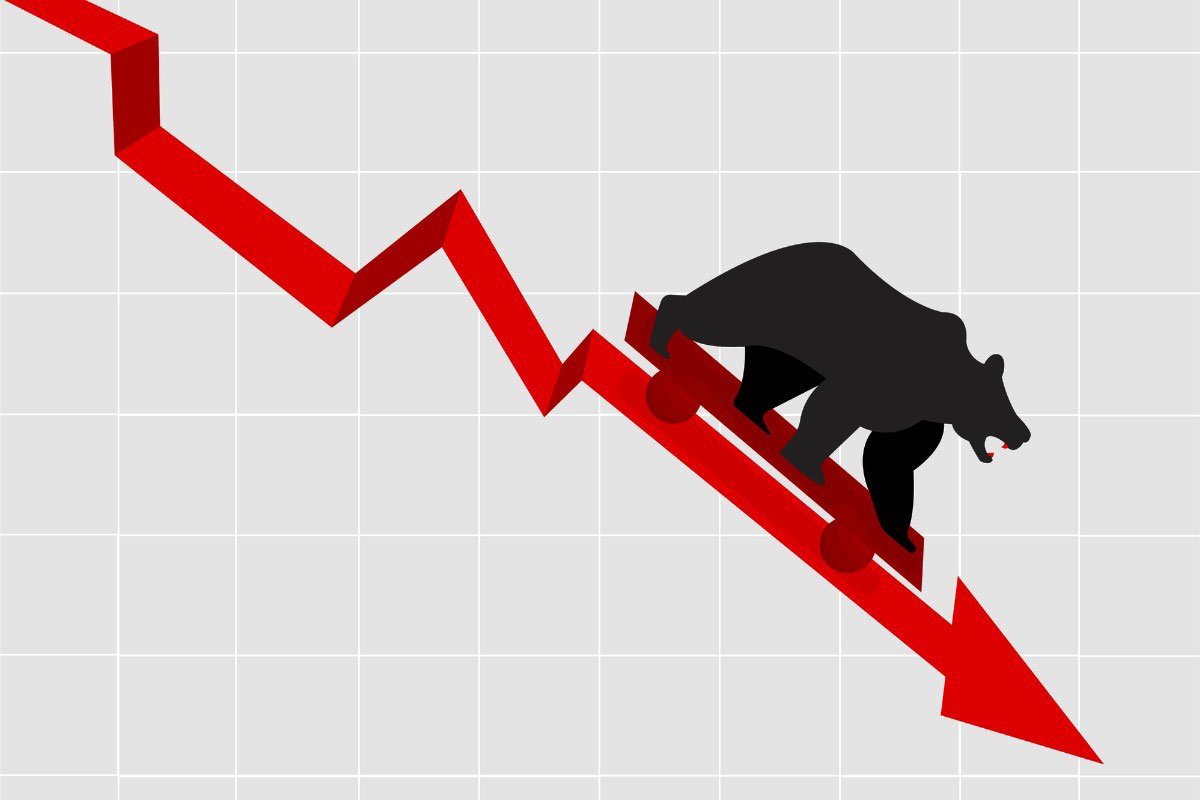Bernanke: 4.3% Jobless Rate Needed to Get Inflation Back to Pre-Pandemic Level
Former Fed chief puts a number on the level of employment-related pain needed to hit price-rise target.

After the global financial crisis, U.S. inflation was tame, at around 2%. Then came the COVID-19 pandemic, when goods and labor shortages and federal stimulus spending combined to pump up prices to 7.5% in early 2022. Now, amid a host of economic uncertainties, the Federal Reserve is trying to restore the old inflation level by raising interest rates.
But restoring 2% inflation would entail higher unemployment. How high? According to a paper co-authored by former Fed Chair Ben Bernanke, an economist, 4.3% or higher.
Getting to 2% inflation (as measured by the Fed’s favorite inflation metric, the personal consumption expenditure price index) “would require an unemployment rate above [4.3%] for a period of time,” the paper argued. As of April, the jobless rate was at a low 3.4%.
Cooling the economy by throwing more people out of work, of course, involves a lot of pain. The last time the jobless rate was at 4.3% was in 2017, when the economy was doing well; unemployment fell to 3.5% right before the pandemic appeared, then spiked at 14.7% in April 2020. Next came the rapid recovery and burgeoning inflation, which only lately has dipped to the (still high, in the Fed’s eyes) 4.4%.
The paper, issued by the Brookings Institution, where Bernanke is now a senior fellow, argued that “labor-market balance should ultimately be the primary concern for central banks attempting to maintain price stability,” namely around the Fed’s target of 2%. The report was co-written with C. Fred Bergsten, a senior fellow at the Peterson Institute for International Economics.
The Bernanke-Bergsten paper delved into the intricacies of the Phillips curve, an economic model which posits that inflation and unemployment have an inverse relationship. Thus far, the Fed’s higher interest rates seem to have tempered inflation somewhat but have had little effect on joblessness.
Related Stories:
How Realistic Is Getting Inflation Back to Near 2%?
Inflation, Duration and Frustration: Investing in a Risk-Filled Fixed-Income Climate
U.S. Asset Managers Fear Federal Reserve Rate Hikes Will Cause Recession
